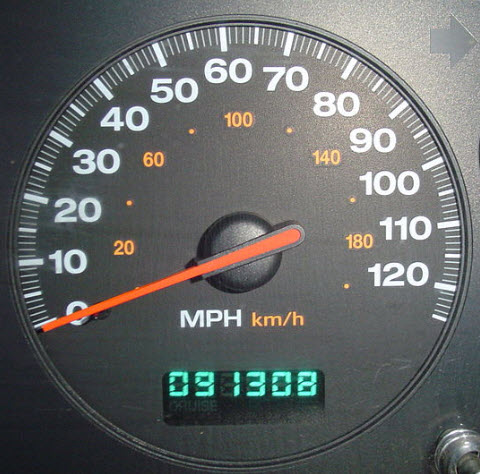Much has been written about the pros and cons of using telematics…
and many insurers have made a business case for implementing usage-based insurance in the auto industry. However, the challenge often ignored is how to store and analyze this explosion of data created by these activities.
First of all, let’s consider the amount of data automotive telematics devices are expected to generate. Every second a telematics device will produce a data record. This data record will include information such as date, time, speed, longitude, latitude, acceleration or deceleration (g-force), cumulative mileage and fuel consumption. Depending on the frequency and length of the trips, these data records or data sets can represent approximately 5 to 15 MB of data annually, per customer. With a customer base of just 100,000 vehicles, this represents over 1 terabyte of data per year!
Secondly, once all this data is collected, insurance companies will need to analyze this vast amount of “new” . By using data exploration and analytics, insurers will be able to rank and weigh hundreds of new variables generated by telematics to develop highly accurate telematic s pricing models based on a driver’s past and forecasted driving behavior. For example, insurers could use a correlation matrix to quickly identify which variables are related, and to determine the strength of the relationship.
s pricing models based on a driver’s past and forecasted driving behavior. For example, insurers could use a correlation matrix to quickly identify which variables are related, and to determine the strength of the relationship.
Insurance companies cannot rely on traditional data mining technology to analyze all of this new data. Due to the sheer size of telematics data, insurers must consider a distributed, in-memory environment to display the results of data exploration and analysis in a way that is meaningful but not overwhelming.
Finally the idea of using telematics data to generate personalized pricing and provide meaningful risk information appears simple. In reality, it is very complex to achieve this goal – and it requires the use of high-performance analytics. The velocity of big data coming into an organization, especially that arising from telematics, can be very difficult to manage. The ability to quickly access and process varying velocities of data is critical. Insurance companies should consider a “stream it, score it, store it” approach. This approach enables analytics to be applied on the front end to first sift out the meaningful telematics data from the unimportant data, or the “noise.”
Telematics on its own will not revolutionize the insurance industry. Read the white paper “Telematics: How Big Data is Innovating Auto Insurance” on why information management and analytics are essential tools to help insurers succeed with these projects.
 I’m Stuart Rose, Global Insurance Marketing Principal at SAS. For further discussions connect with me on LinkedIn and Twitter.
I’m Stuart Rose, Global Insurance Marketing Principal at SAS. For further discussions connect with me on LinkedIn and Twitter.


